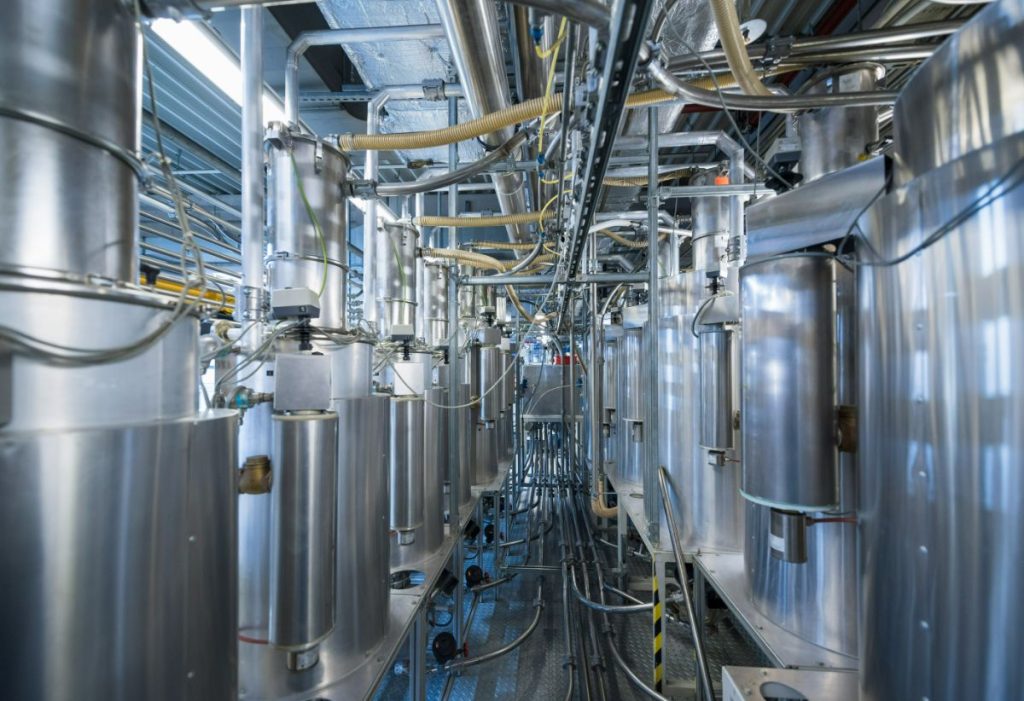How does Plastic Injection Molding improve the manufacturing of electronic devices?
- Enhances precision and consistency
- Lowers production costs
- Facilitates customized designs
- Streamlines production
- Minimizes post-processing
- Reduces material waste
- Improves heat insulation
Overview
Plastic injection molding improves electronic device production through enhanced precision, lower costs, and streamlined processes.
This manufacturing method allows for customized designs, minimizing post-processing and reducing material waste.
Additionally, it enables improved heat insulation in electronic devices by selecting materials with excellent thermal properties.
Two key factors are at the forefront of manufacturing electronic devices: getting things just right and keeping costs under control. Achieving absolute precision and maintaining an efficient production process are the cornerstones of success. That’s where plastic injection molding comes into play.
In this article, we’ll explore how plastic injection molding improves electronic devices by reshaping its production, making it more efficient, cost-effective, and adaptable to customer needs.
Enhances Precision and Consistency
Manufacturing electronic devices demand precision and consistency. Each component, no matter how intricate, must fit perfectly within the device’s framework. Plastic molding is the solution to this demanding condition.
A manufacturer is required to create small, precise components for a life-saving device. Using this process of molding plastics, they can ensure each piece fits just right, which means their device operates reliably, ensuring the patients’ well-being.
Lowers Production Costs
Reducing production costs is the goal of manufacturers. Fortunately, injection molding significantly contributes to achieving this objective. It’s due to the fact the process is highly automated, minimizing the need for extensive manual labor.
For instance, a tech company needs to produce thousands of smartphone casings within a tight budget. The process of casting using plastic streamlines the production process, reducing labor costs, material waste, and energy consumption. The result is high-quality casings at a fraction of the cost, allowing the company to allocate resources for innovation and growth.
Facilitates Customized Designs
Electronic devices are becoming increasingly personalized, with consumers seeking unique designs and features. Plastic injection molding empowers businesses to provide customized products to their customers efficiently.
By applying the plastic molding process, they can offer a range of stylish and ergonomic smartwatch bands. They can produce these bands in various colors and designs with ease, meeting the diverse preferences of their customers.
Streamlines Production
Speed to market is a critical factor in the electronics industry. Thankfully, plastic molding excels in this aspect by using state-of-the-art machine and technology and incorporating the latest designs in molding to further streamline the production process.
A good example is an automotive electronics factory. They are required to produce complex sensor brackets for various vehicle models. The efficiency of the plastic fabrication process enables them to meet the tight production schedule, ensuring timely delivery of the components for assembly.
Minimizes Post-Processing
The molded plastics production products parts with minimal finishing requirements, reducing the need for post-processing steps, which is an advantage for those businesses utilizing this process.
By leveraging the precision and surface finish achieved through this, you can bypass time-consuming post-processing steps in manufacturing phone cases, battery casings, plastic enclosures, and more. This not only speeds up production but also ensures each product meets the premium quality standards expected by your customers.
Reduces Material Waste
Material waste is a pressing concern from both environmental and cost-saving perspectives. Plastic injection molding stands out for its exceptional material efficiency, making it an attractive choice for businesses aiming to address this dual challenge.
An eco-conscious consumer electronics manufacturer who aims to reduce their carbon footprint can take advantage of this process, which helps in minimizing material waste.
Improves Heat Insulation
Different plastic materials exhibit a wide range of thermal properties, and this diversity provides manufacturers with the flexibility to select materials that can act as effective barriers to heat transfer.
For instance, plastics like polypropylene, polyethylene, and some thermosetting plastics are known for their excellent insulating properties. These materials possess low thermal conductivity, meaning they are poor conductors of heat.
When used in injection molding, these plastics can form components that effectively block the transfer of heat from one side to another. This is particularly valuable in electronic devices where heat-producing components need to be isolated from sensitive areas.
Key Takeaway
The different ways in how plastic injection molding improves electronic devices have emerged as a critical driver of innovation and efficiency in the manufacturing sector. It enhances precision, lowers costs, facilitates customization, streamlines production, minimizes post-processing, reduces material waste, and improves heat insulation. Various factories are adopting this transformative technology to meet the evolving demands of the industry.
If you are in the electronic device manufacturing industry and seeking to elevate your production capabilities, consider partnering with Richfields, a professional Plastic Mold Maker and Injection Molding Company in China. With a focus on exporting to the USA and Europe, Richfields can provide tailored solutions to help your business thrive in this competitive market. Contact us today to learn more.
